
Can diabetics eat muesli? I thought not but now I think so.
What seems like a long time ago, I thought eating cereal and muesli for breakfast was bad for my blood sugar. I used to eat cornflakes (I love cornflakes) and store-bought muesli and my blood sugar would always shoot up terribly high despite me increasing my insulin dosage. I knew that there was sugar in these products but I always thought the spikes were also due to the large amount of carbohydrates in all those grains. If you’ve ever looked at the nutritional values of rolled grains like oats, spelt and co., you’ll see that the carbohydrate content is over 65 g per 100 gr. And when you are low carbing and trying to control high glucose readings, you know what you are supposed to do – stay the hell away from those carbs.
I happened to have one of those high readings on my records when I visited my endocrinologist for a checkup and explained that I had eaten muesli. He found it odd and said whole grains have a low glycemic index so they should be ok. I dismissed this comment but when I came across a granola recipe which didn’t have much more than honey as a sweetener, I decided to make my own granola to test it out. Of course, I could have just mixed a bowl of unsweetened muesli flakes together but that has never appealed to me and hence, I never tried it. On the other hand, granola is so delicious, I could eat it all day.
Now for breakfast, I often eat 4 heaped tablespoons of my homemade granola with 4 tablespoons soy yoghurt. I only need half the insulin dosage I previously needed. My blood sugar does go up initially but it comes down much faster than if I ate store-bought muesli or cornflakes. Hurrah!
If I want to snack, which is usually the case, I just pick at two tablespoons of granola. Be careful though – you need to measure out the granola into a bowl and not eat straight from the container cos before you know it, you would have eaten way more than you should. And you have to PICK at it with your fingers and not use a spoon! You want to prolong the pleasure. This granola is sooooo addictive and delicious.
There are lots of recipes on the Internet with different combinations of ingredients. As long as you have the right proportion of muesli and sweetener, you really can’t go wrong. Well, yes, you can actually go wrong. You could bake the granola too long and get burnt granola but by the time you make the next batch, you would have learnt from your mistake.
So let’s get to it. In the recipe below, I use only good quality organic honey and maple syrup. This recipe makes enough to fill one 1 liter container.

Homemade Power Granola
100 gr large flake rolled oats
100 gr large flake rolled spelt
50 gr oatmeal or steel cut oats
50 gr small spelt flakes (like the oatmeal size)
15 gr wheat bran, oat bran or spelt bran
100 gr slivered almonds
20 gr sunflower seeds
20 gr flaxseeds
30 gr shredded coconut or larger pieces (optional)
60 gr quinoa – rinsed in hot water and drained (optional)
Sweetening ingredients
4 Tbsp honey + 1 Tbsp maple syrup + 1 Tbsp agave syrup OR
5 Tbsp honey + 1 Tbsp maple syrup or agave syrup
1 tsp salt
2 Tbsp vegetable oil
To be added later. These are also optional.
20 gr pumpkin seeds – add during last 10 min of baking
100 gr dried cranberries or dried cherries – add when granola is cooled
40 gr puffed spelt, puffed oats or puffed amaranth – add when granola is cooled
Note: the quantities given are suggestions. A few grams more or a few grams less won’t make any difference. However the ratio of the sweetening to the dry ingredients should be roughly adhered to.
Preheat oven to 150 degrees C.
Mix all the ingredients together, except those indicated under ‘To be added later’. Make sure the sticky honey and syrup are evenly distributed throughout the mixture. Pour mixture onto a baking sheet lined with parchment paper (don’t stinge on your parchment, cover the baking sheet fully) and spread out evenly.
Bake for 30 min. Every 10 min, take the tray out of the oven and stir the granola. After 20 min, add the pumpkin seeds and bake for the last 10 min. I find the pumpkin seeds tend to look burnt if added at the beginning. If you like them very roasted, add them at the beginning.
Cool your yummy granola thoroughly and mix in the other ingredients before packing it into an airtight container.
Other things you could add: dark chocolate flakes, goji berries, sprinkle with baobab powder, wheat grass or spirulina, chia seeds etc, etc. Use your imagination!
Yumm … off to snack now.




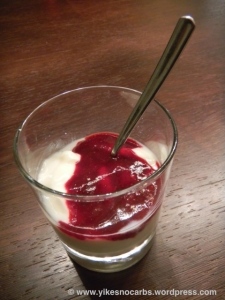
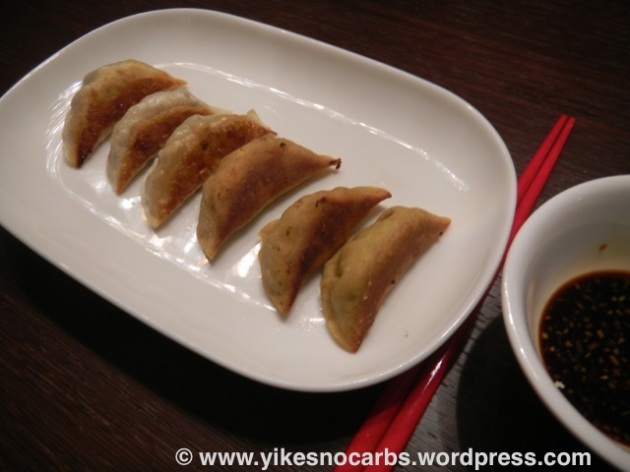


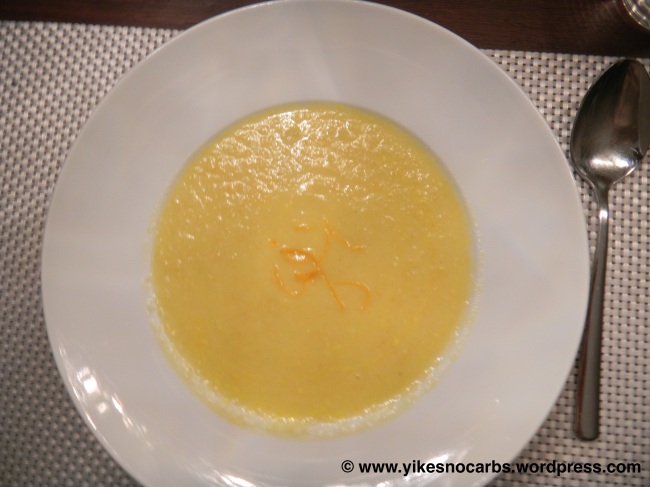
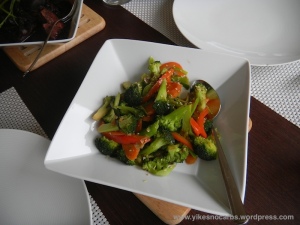


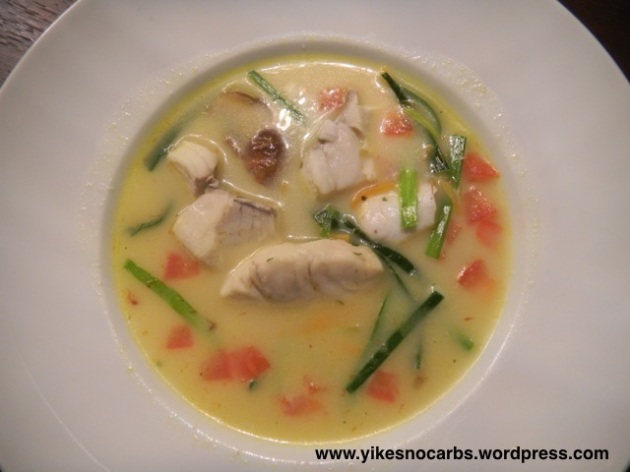
Recent Comments